If you’re new to fishkeeping, one of the most important things to consider is the compatibility of different fish species in your aquarium. Choosing the wrong combination of fish can lead to aggression, stress, and even death. But how do you determine which fish are compatible with each other? In this blog post, we’ll provide you with a comprehensive guide to help you make informed decisions when it comes to selecting fish species for your aquarium. So, whether you’re a novice or experienced fishkeeper, keep reading to learn more about determining the compatibility of different fish species in your aquarium.
Fishkeeping can be a rewarding and enjoyable hobby, but it requires a lot of knowledge and effort to create and maintain a healthy environment for your aquatic pets. One of the most important aspects of fishkeeping is determining the compatibility of different fish species in your aquarium. Failure to do so can lead to aggression, stress, and potentially deadly consequences for your fish. In this guide, we will cover everything you need to know about determining the compatibility of different fish species in your aquarium.
1. Consider the Fish’s Natural Habitat
The first thing you should consider when determining the compatibility of different fish species is their natural habitat. Fish that come from similar environments are more likely to get along in the same aquarium. For example, fish that come from slow-moving rivers and streams are more likely to be compatible with each other than with fish that come from fast-moving rivers or lakes.
2. Look at the Fish’s Size
Another important factor to consider is the size of the fish. In general, it is not a good idea to mix large and small fish in the same aquarium. Large fish can easily harm or even eat smaller fish. Additionally, some fish species grow larger than others, so it is important to research how large a fish will get before adding it to your aquarium.
3. Consider the Fish’s Temperament
The temperament of a fish is another important factor to consider when determining compatibility. Some fish species are naturally more aggressive than others, and adding aggressive fish to a peaceful community can be a recipe for disaster. Additionally, some fish are territorial and may become aggressive towards other fish if they feel their space is being invaded.
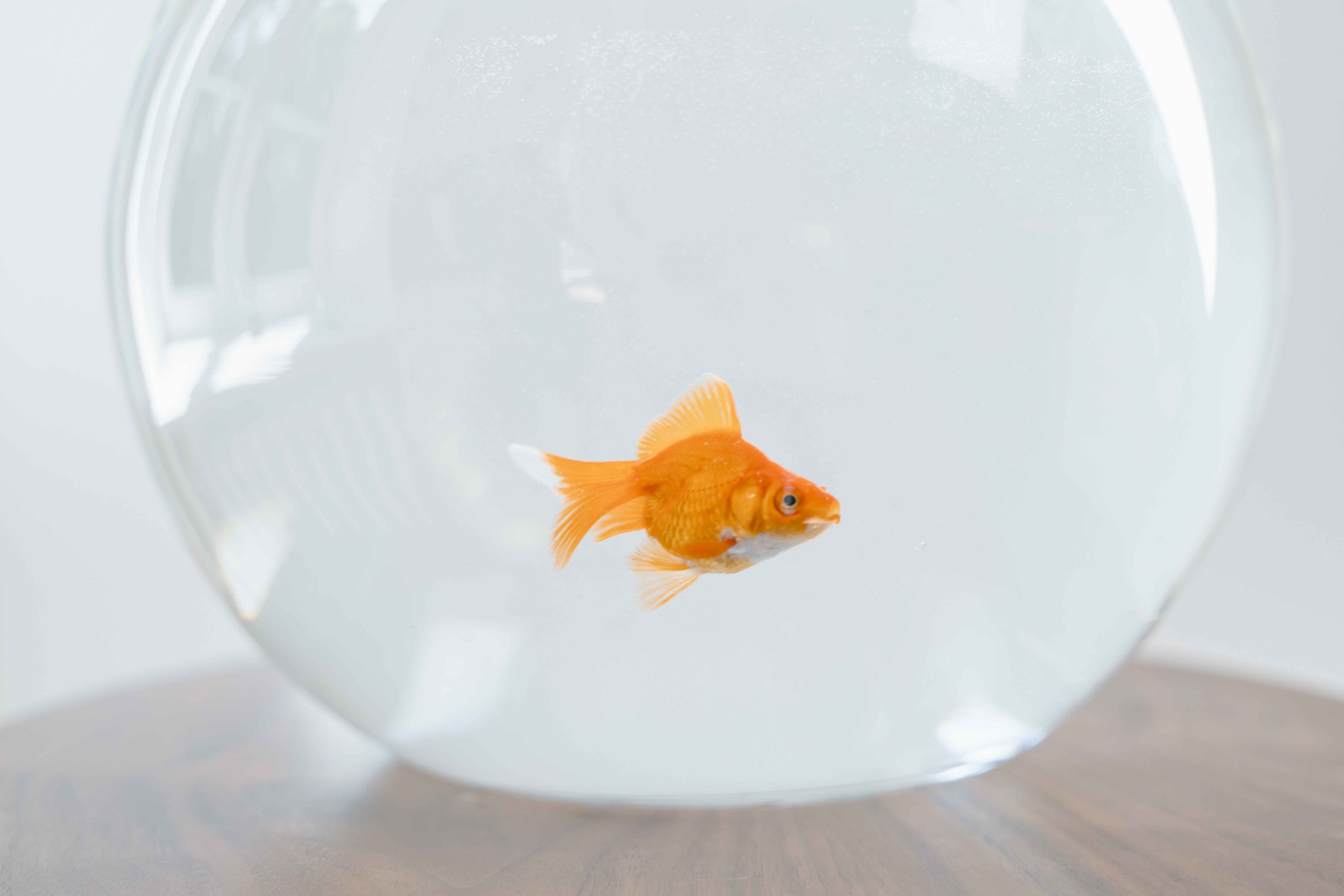
4. Research the Fish’s Diet
Different fish species have different dietary needs, and it is important to make sure that the fish in your aquarium are compatible in terms of their diets. Some fish are carnivorous and will eat other fish, while others are herbivorous and require a diet of plant matter. Make sure that the fish you are considering adding to your aquarium have similar dietary needs to the fish that are already living there.
5. Consider the Water Conditions
The water conditions in your aquarium can also play a role in determining the compatibility of different fish species. Some fish require specific water conditions, such as a certain pH level or temperature range. Make sure that the fish you are considering adding to your aquarium are compatible with the water conditions that you currently have or are willing to provide.
6. Introduce Fish Gradually
Once you have determined which fish species are compatible with each other, it is important to introduce them to your aquarium gradually. Adding too many fish at once can lead to stress and aggression, so it is best to add one or two fish at a time and monitor their behavior closely. If there are any signs of aggression or stress, remove the fish immediately.
Overall, determining the compatibility of different fish species is essential for creating and maintaining a healthy and harmonious aquarium. By considering the natural habitat, size, temperament, diet, and water conditions of the fish you want to add to your aquarium, you can ensure that they will get along with the fish that are already living there. Additionally, introducing fish gradually and monitoring their behavior closely can help prevent aggression and stress. With these tips in mind, you can create a beautiful and thriving aquarium that your fish will love to call home.
In conclusion, determining the compatibility of different fish species in your aquarium is crucial for maintaining a healthy and thriving community of aquatic life. You need to consider various factors such as size, temperament, and water parameters before introducing any new fish to your tank. By following the guidelines we have shared in this article, you can create a harmonious and beautiful environment for your fish to flourish. Remember, a little bit of research and preparation can go a long way in ensuring the success of your fishkeeping hobby. Happy fishkeeping!


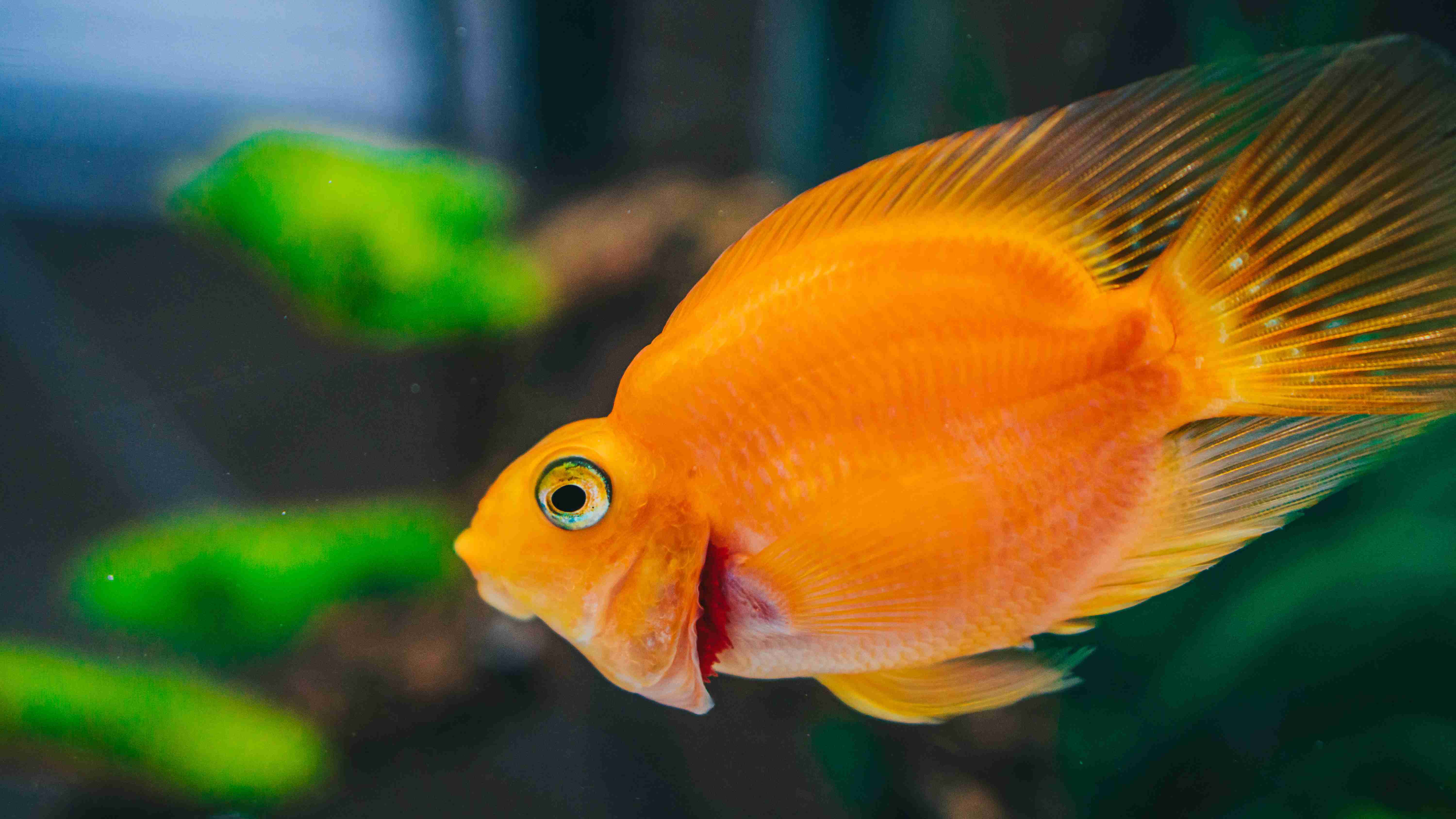
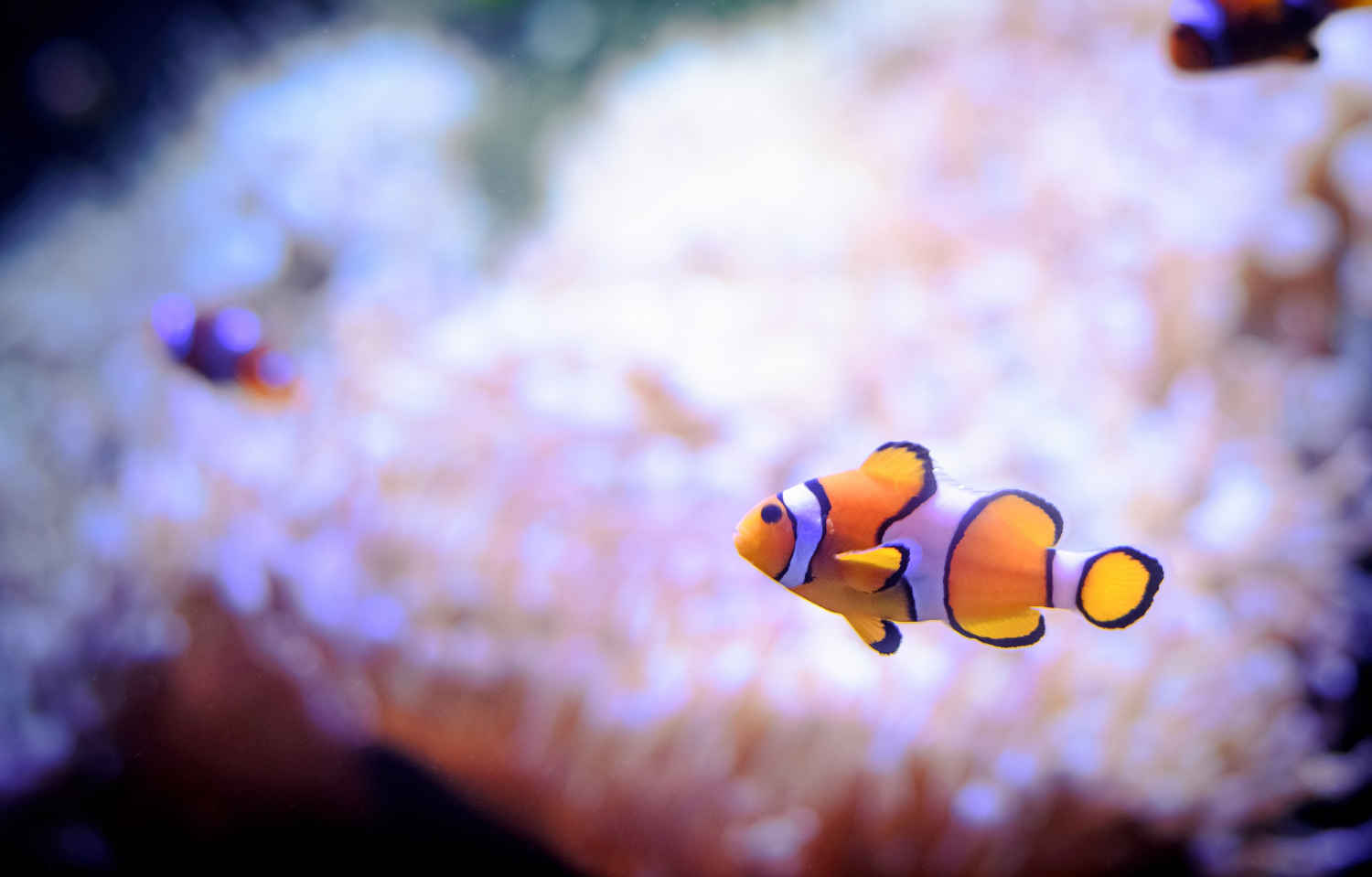
%20-%20Copy.jpg)
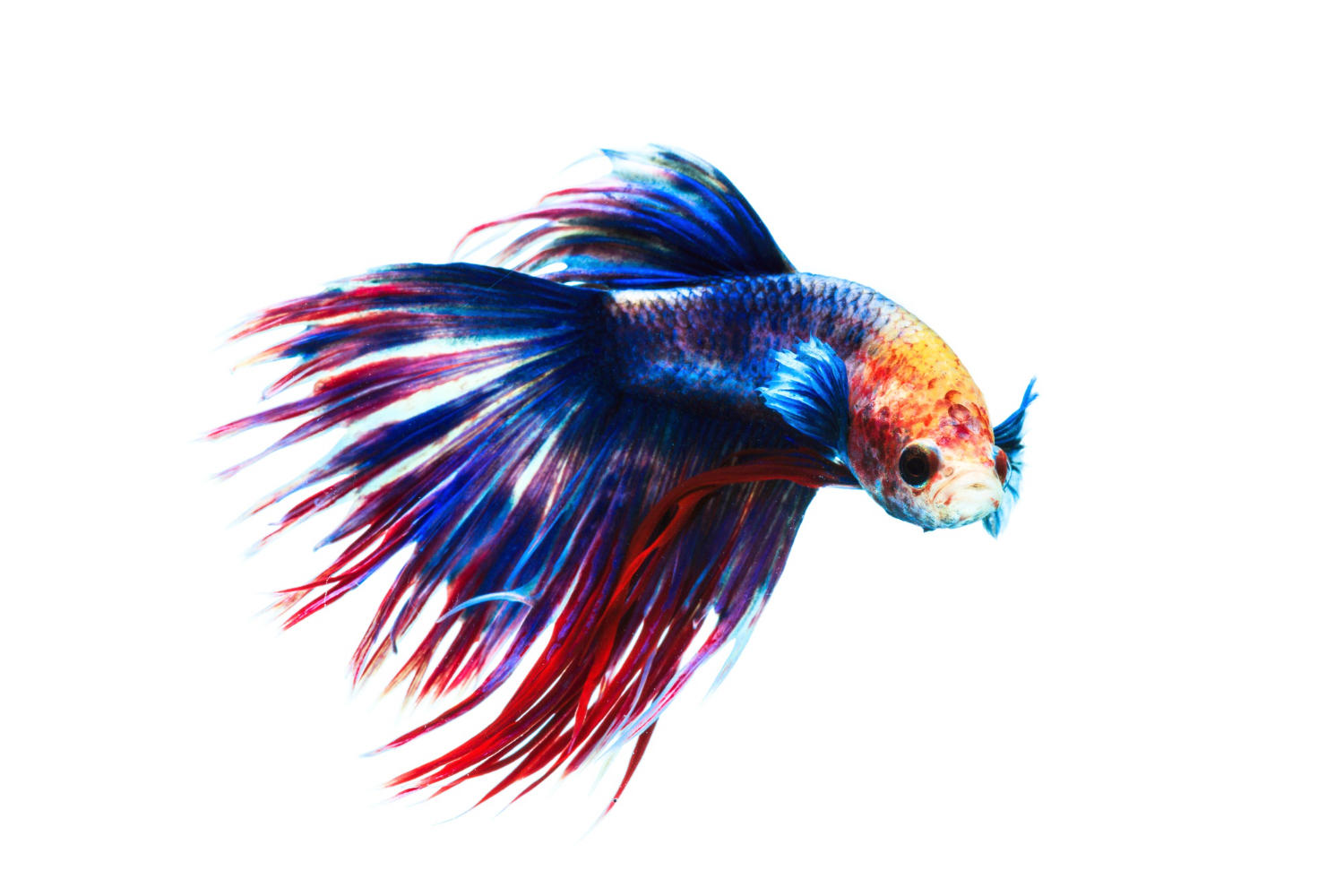
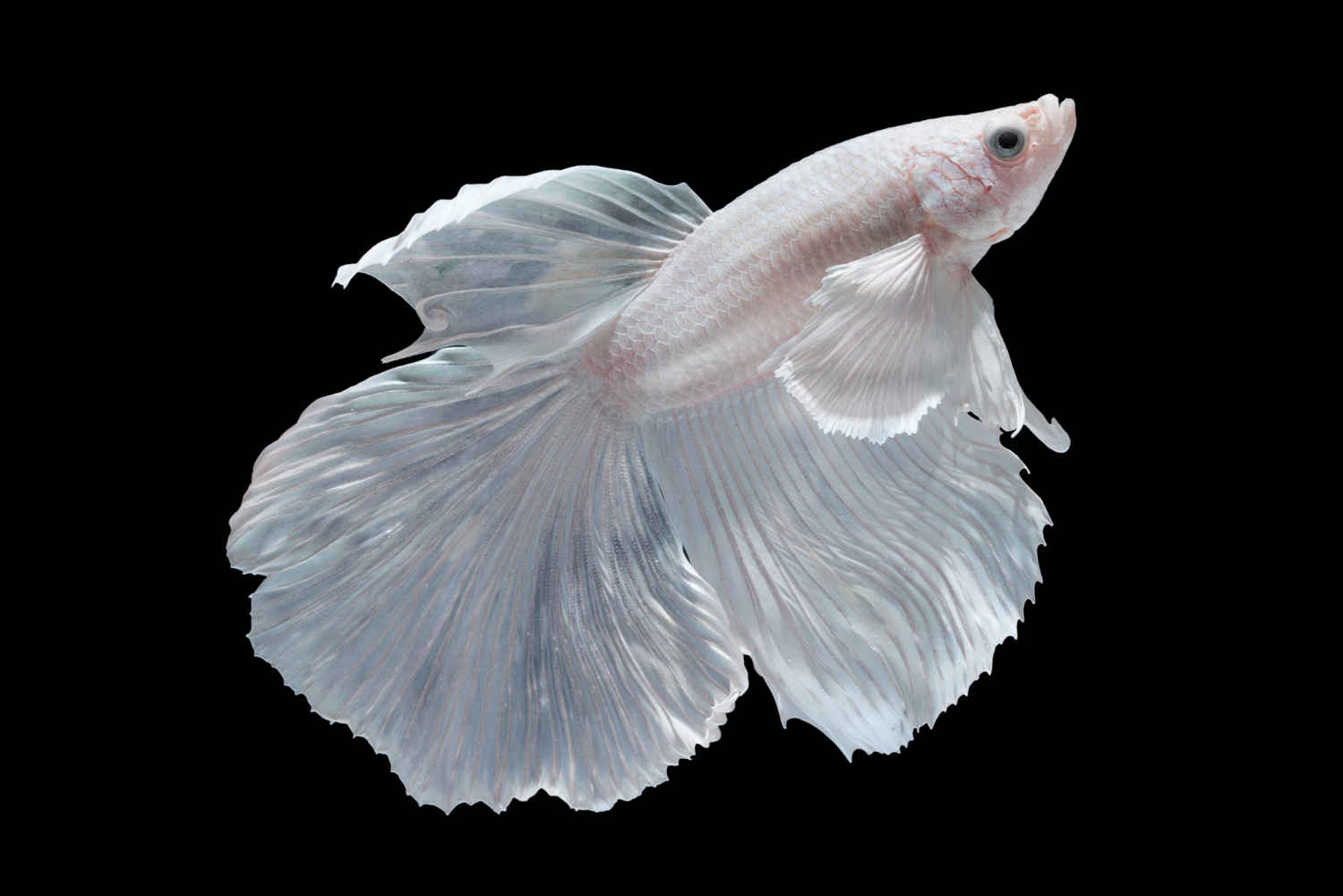
.jpg)